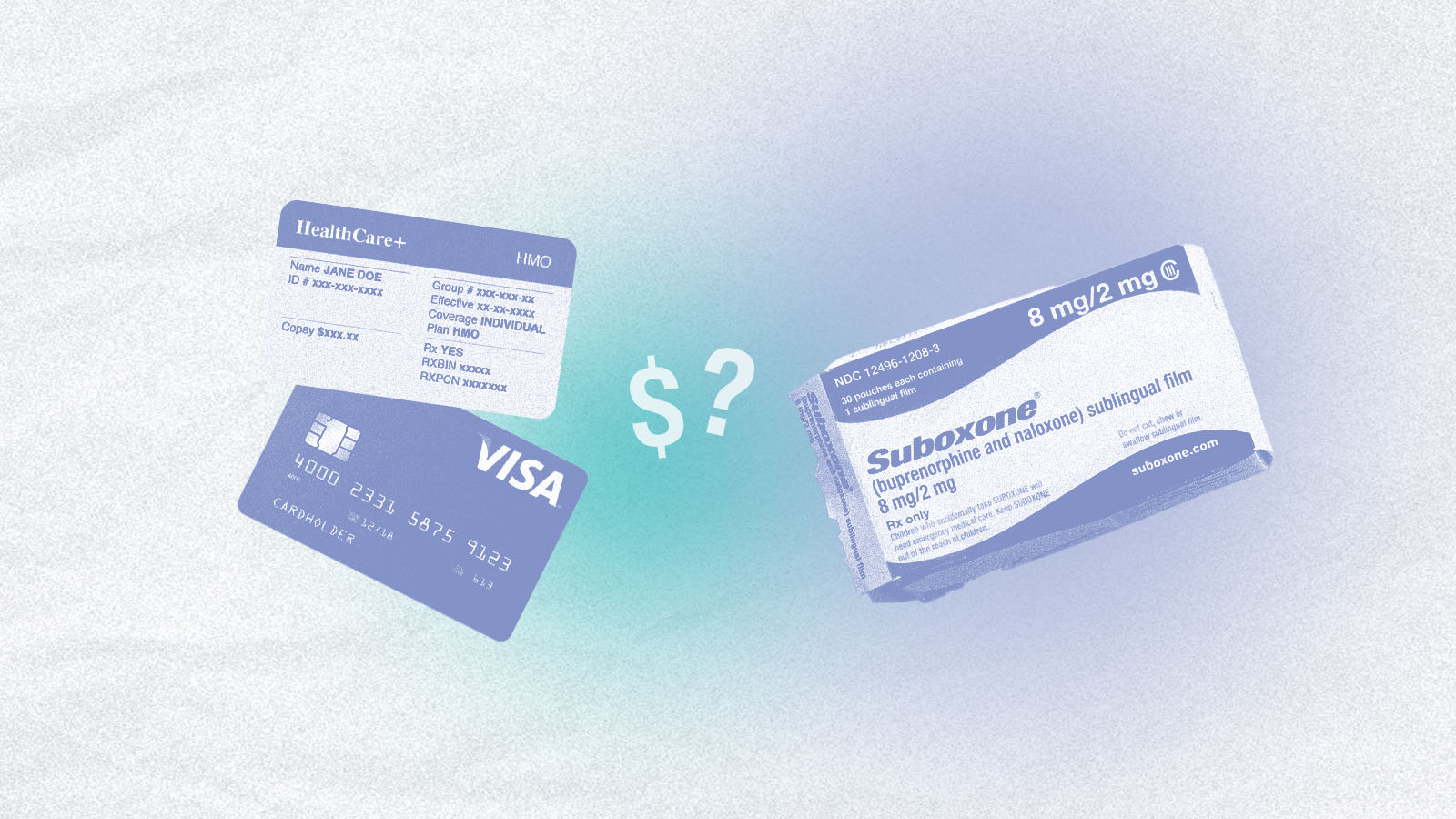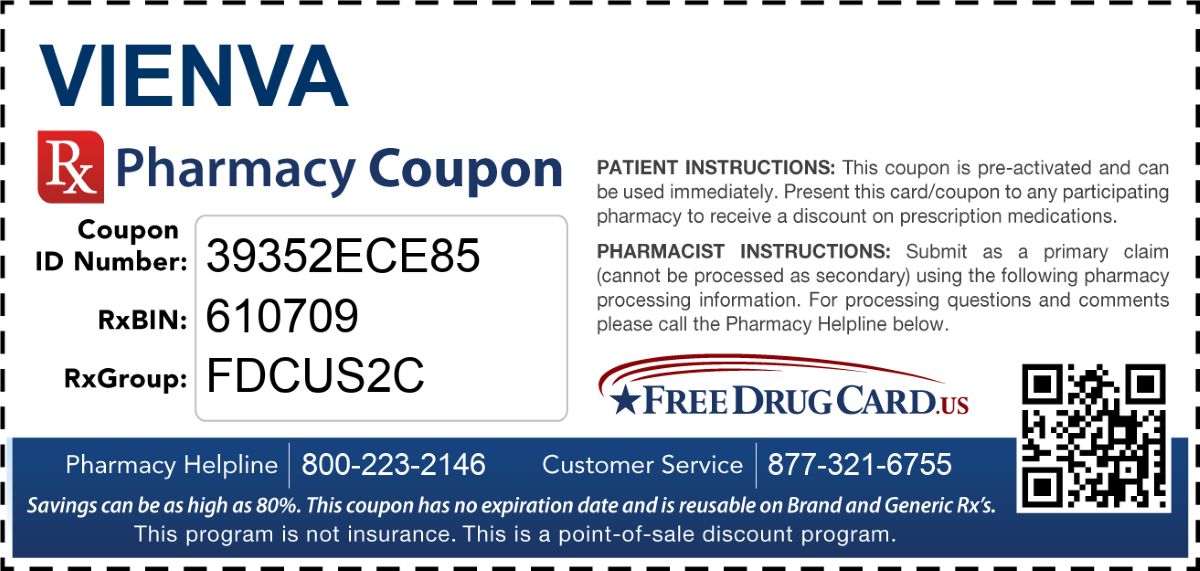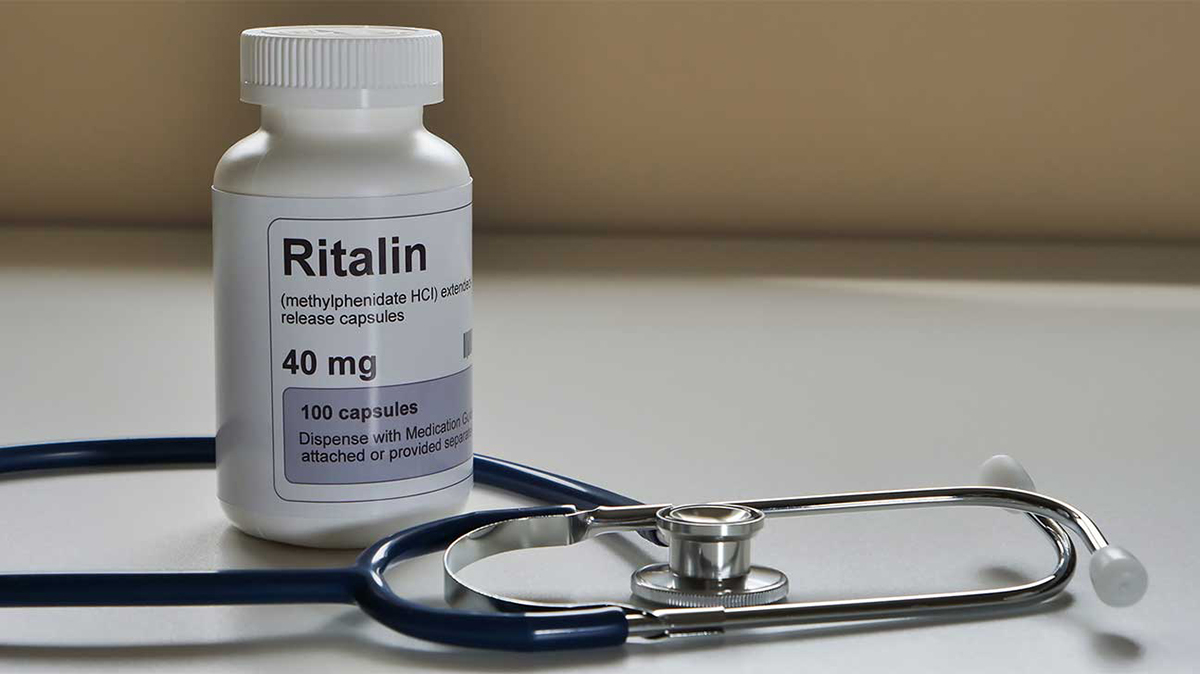

Finance
How Much Is Fluoxetine Without Insurance?
Published: November 18, 2023
Discover the cost of fluoxetine without insurance and take control of your finances with this helpful guide. Learn how to save money on your medication today.
(Many of the links in this article redirect to a specific reviewed product. Your purchase of these products through affiliate links helps to generate commission for LiveWell, at no extra cost. Learn more)
Table of Contents
Introduction
Fluoxetine, commonly known by the brand name Prozac, is a widely prescribed medication used to treat depression, anxiety disorders, and other mental health conditions. It belongs to a class of drugs called selective serotonin reuptake inhibitors (SSRIs) that work by increasing the levels of serotonin, a neurotransmitter in the brain that is responsible for regulating mood.
Whether you are familiar with fluoxetine or not, one common concern for many people is the cost of medications. In the case of fluoxetine, the question arises: how much is fluoxetine without insurance? While the cost may vary depending on various factors, this article aims to provide you with a comprehensive understanding of fluoxetine pricing and ways to save money on this medication.
Fluoxetine can be obtained with or without insurance coverage. While having insurance can significantly reduce the out-of-pocket cost, it is estimated that around 27 million Americans do not have health insurance. For those individuals, understanding the average cost of fluoxetine without insurance becomes crucial.
Moreover, even with insurance coverage, fluoxetine may not always be fully covered. In some cases, a high deductible or co-pay may still pose a financial burden. Therefore, knowing the average cost can help individuals make informed decisions about their healthcare expenses.
In the following sections, we will delve into the factors affecting fluoxetine pricing, the average cost of fluoxetine without insurance, and explore ways to save money on this medication.
Understanding Fluoxetine
Fluoxetine is a prescription medication that belongs to a class of antidepressant drugs known as selective serotonin reuptake inhibitors (SSRIs). It is primarily prescribed to treat major depressive disorder, panic disorder, obsessive-compulsive disorder (OCD), bulimia nervosa, and premenstrual dysphoric disorder (PMDD).
The medication works by increasing the levels of serotonin in the brain, a neurotransmitter responsible for regulating mood, sleep, appetite, and other functions. By inhibiting the reabsorption of serotonin, fluoxetine helps improve the communication between brain cells, effectively alleviating symptoms of depression and anxiety.
It is important to note that fluoxetine is not a quick-fix solution. The benefits of the medication often take several weeks to become apparent. It is essential to follow the prescribed dosage and continue taking fluoxetine even if you start feeling better, as abruptly stopping the medication can lead to withdrawal symptoms.
As with any medication, fluoxetine also comes with potential side effects. While most side effects are mild and temporary, it is crucial to be aware of them. Common side effects include nausea, headache, insomnia, drowsiness, and sexual dysfunction. In rare cases, fluoxetine can cause more serious side effects such as allergic reactions, abnormal bleeding, and serotonin syndrome.
It is essential to discuss any concerns or questions about fluoxetine with a healthcare professional. They can provide personalized guidance based on your specific condition and medical history.
Overall, fluoxetine is a widely prescribed medication that has helped countless individuals manage symptoms of depression and anxiety. Understanding how fluoxetine works and its potential side effects can help you make informed decisions about your mental health treatment.
Factors Affecting Fluoxetine Pricing
The cost of fluoxetine can vary depending on several factors. Understanding these factors can shed light on why the pricing may differ among different pharmacies or regions.
1. Brand vs. Generic: One significant factor influencing the price of fluoxetine is whether you opt for the brand-name version (Prozac) or the generic alternatives. Generic versions of fluoxetine contain the same active ingredient and are proven to have the same efficacy as the brand-name drug. Choosing the generic option can result in significant cost savings.
2. Dosage Strength: Fluoxetine is available in various dosage strengths, ranging from 10mg to 60mg. The cost may vary depending on the specific dosage prescribed by your healthcare provider.
3. Quantity: The quantity of fluoxetine prescribed can affect the price. Buying a larger supply, such as a 90-day prescription, may be more cost-effective compared to purchasing a smaller quantity.
4. Pharmacy Pricing: Different pharmacies may have varying pricing structures for fluoxetine. It is worth exploring different pharmacies and comparing prices to find the most affordable option. Additionally, some pharmacies offer discount programs or coupons that can further reduce the cost.
5. Location: The location can also impact the price of fluoxetine. Prices may differ between urban and rural areas or between different regions, depending on local market dynamics.
6. Insurance Coverage: If you have health insurance, the coverage and co-pay associated with fluoxetine can affect the out-of-pocket cost. It is essential to check with your insurance provider to understand the specifics of your coverage.
7. Manufacturer Discounts: Some pharmaceutical companies offer patient assistance programs or discounts for individuals who meet specific eligibility criteria. These programs can help reduce the cost of fluoxetine.
It is essential to consult with your healthcare provider and pharmacist to discuss the factors mentioned above and explore options to minimize the cost of fluoxetine while ensuring the appropriate treatment for your condition.
Average Cost of Fluoxetine Without Insurance
Without insurance coverage, the cost of fluoxetine can vary depending on several factors such as dosage, quantity, and pharmacy pricing. It is important to note that these figures are approximate and can vary depending on your location and the specific pharmacy or online retailer you choose. However, here is a general idea of the average cost of fluoxetine without insurance:
1. Generic Fluoxetine: Opting for the generic version of fluoxetine can result in significant cost savings. The average price for a 30-day supply of generic fluoxetine can range from $10 to $30.
2. Brand-Name Fluoxetine (Prozac): If you prefer the brand-name version of fluoxetine, the cost will be higher compared to the generic alternatives. The average price for a 30-day supply of brand-name fluoxetine can range from $200 to $300.
It is important to explore different pharmacies and online retailers to find the most affordable option for purchasing fluoxetine without insurance. Some pharmacies may offer prescription discount programs or coupons that can help reduce the cost.
Additionally, it is worth considering purchasing a larger quantity, such as a 90-day supply, to potentially benefit from bulk pricing and further reduce the overall cost per pill. However, keep in mind that this may require a larger upfront investment.
Furthermore, it is essential to be cautious when purchasing medications online without a prescription. Make sure to choose a reputable and licensed online pharmacy to ensure the safety and authenticity of the medication.
Remember, these prices are averages and can vary. It is always recommended to check with different pharmacies and consult with your healthcare provider to explore all options and find the most cost-effective solution for obtaining fluoxetine without insurance.
Ways to Save Money on Fluoxetine
Managing the cost of fluoxetine without insurance can be challenging, but there are strategies you can take to save money without compromising your mental health treatment. Here are some ways to reduce the cost of fluoxetine:
1. Opt for Generic: Choosing the generic version of fluoxetine can offer significant savings. Generic medications have the same active ingredient as brand-name drugs but are usually available at a lower cost.
2. Compare Prices: Different pharmacies may offer varying prices for fluoxetine. Take the time to compare prices at different local pharmacies or explore authorized online pharmacies to find the best deal.
3. Prescription Discount Programs: Some pharmacies offer prescription discount programs that can help reduce the cost of fluoxetine. These programs may require a membership or coupon, so inquire with your pharmacy about any available discounts.
4. Manufacturer Discounts or Patient Assistance Programs: Pharmaceutical companies may provide discounts or patient assistance programs for individuals who meet specific eligibility criteria. Check the manufacturer’s website or contact their customer support to inquire about potential savings options.
5. Consider 90-Day Supply: Purchasing a 90-day supply of fluoxetine instead of a 30-day supply can often result in cost savings. Some pharmacies offer discounted pricing for larger quantities, so check if this option is available.
6. Prescription Coupons: Look for prescription coupons or discount cards that can be used at participating pharmacies. These coupons can help lower the cost of fluoxetine significantly.
7. Talk to Your Healthcare Provider: Openly discuss your concerns about the cost of fluoxetine with your healthcare provider. They may be able to suggest alternative medications with similar efficacy or explore other cost-saving options.
8. Check Insurance Coverage: If you have health insurance, review your policy to understand the coverage for fluoxetine. Even though you may have a co-pay, it could still be more affordable than purchasing it without insurance.
9. Split Pills: Talk to your healthcare provider or pharmacist about the option of splitting higher-dosage pills. This can often help reduce the overall cost of fluoxetine by extending the duration of a prescription.
It is important to note that while saving money is crucial, always ensure that you are obtaining fluoxetine from a legitimate and reputable source. Be cautious of counterfeit or substandard medications when purchasing online or through unauthorized channels.
By exploring these strategies and finding the most cost-effective options, you can minimize the financial burden of fluoxetine while still receiving the necessary treatment for your mental well-being.
Conclusion
Understanding the cost of fluoxetine without insurance is essential for individuals who rely on this medication to manage their mental health conditions. While the pricing may vary based on factors such as dosage, quantity, and pharmacy pricing, there are ways to navigate the expenses and save money.
Choosing the generic version of fluoxetine, comparing prices at different pharmacies, and utilizing prescription discount programs or manufacturer assistance programs are effective strategies to reduce the cost. Additionally, considering a 90-day supply, using prescription coupons, and discussing alternatives with your healthcare provider can further help in managing expenses.
However, it is crucial to prioritize safety and authenticity when purchasing fluoxetine. Be cautious of counterfeit or substandard medications when buying online, and always choose reputable sources or authorized online pharmacies.
Ultimately, the goal is to strike a balance between affordability and ensuring access to necessary mental health treatment. By staying informed, exploring options, and having open conversations with healthcare professionals, individuals can find ways to manage the cost of fluoxetine without insurance while receiving the care they need.
In conclusion, if you find yourself in a situation without insurance coverage, explore the strategies outlined in this article and remember that your mental health is invaluable. Seek support and guidance from healthcare providers to find the most cost-effective solution that suits your individual needs and ensures your well-being.














